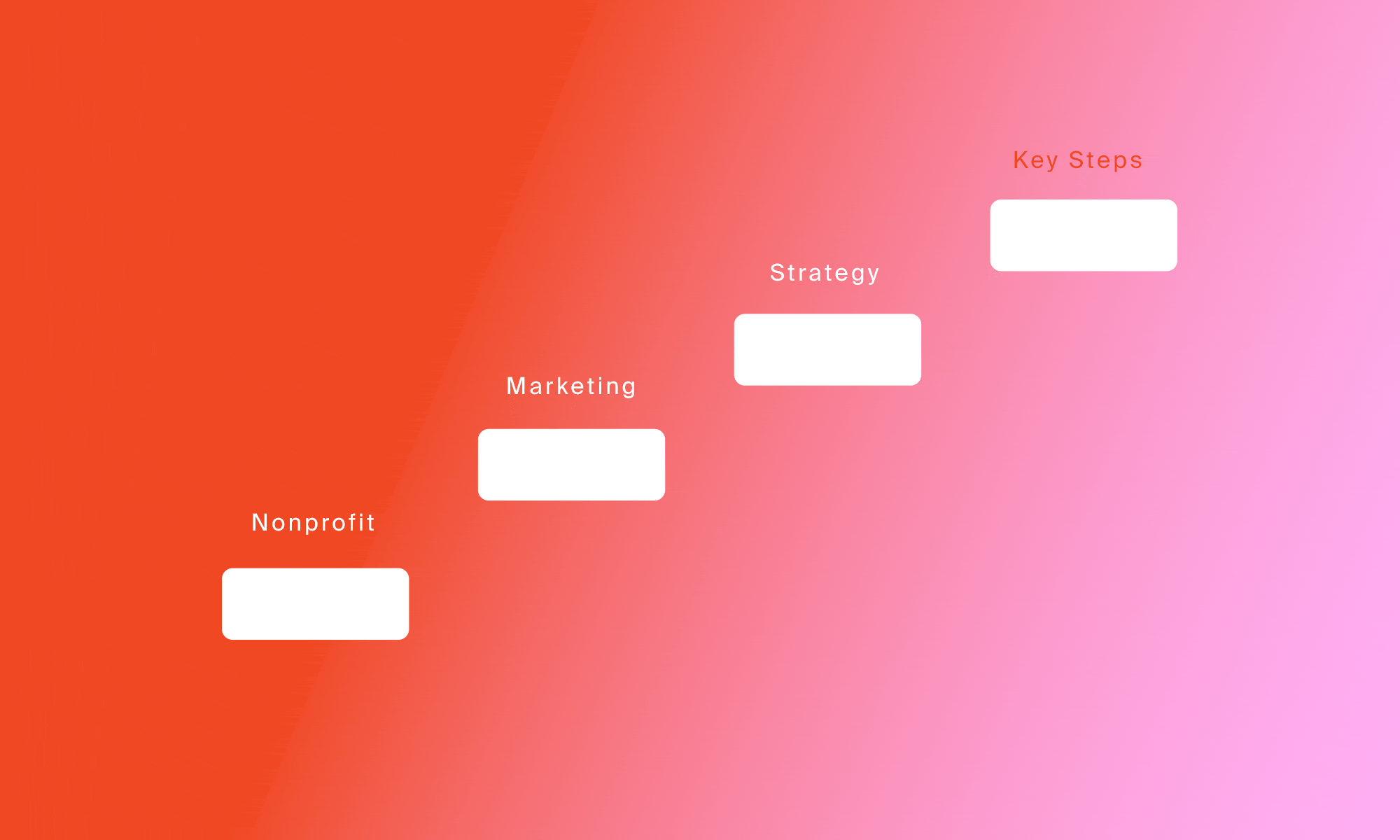The Power of Community-Centered Design Approaches
Related Services
Credits

Over the years at Pastilla, we have consistently demonstrated that high-quality design transcends mere aesthetics and functionality.
It has the potential to ignite profound social change and empower communities, a testament to its transformative power. One critical aspect we’ve observed is how many communities are often excluded from decision-making processes, including those related to design and marketing. This exclusion can result from various factors, such as lack of representation in decision-making bodies, systemic inequalities, economic disparities, educational gaps, and social and cultural barriers like discrimination and stigma. Additionally, there may be a lack of awareness or understanding about how to get involved due to poor communication or a disconnect between decision-makers and these communities.
To overcome these challenges, it is imperative that we actively create inclusive and participatory design and decision-making processes. This involves seeking out and valuing input from marginalized communities and providing them with the necessary resources and support. By breaking down the barriers that hinder their full participation, we can create environments that are fairer, stronger, and better suited to everyone’s needs.
This brings us to the crucial role of design in bridging gaps and creating inclusivity.
The Role of Design in Breaking Down Barriers and Promoting Belonging
Design should always be for people, considering their diverse backgrounds, perspectives, and cultures. Each person sees your design through their unique lens, which can transform their perception.
When we acknowledge this human element, we realize that design is a tool that can change or affirm perspectives and convey messages. This collaboration between designer and viewer places a responsibility on designers to better understand their audience.
The more you understand your audience, the clearer their lens becomes, leading to sharper and more effective ideas. When your audience feels heard and understood, they recognize your empathy and connection, even if you aren’t from their specific community.
Involving communities in the design process means more than just giving them a say in how things look and feel. It ensures they feel included and empowered in society. When they’re part of the process, they’re not just passive recipients of change but active participants shaping their futures.
It’s like saying, “Hey, your voice matters, and we want to ensure you’re heard and valued.” This approach is incredibly powerful for building a more inclusive and equitable world. We create more meaningful and lasting impacts by connecting designs to the cultural, social, and economic realities of the communities they serve. That’s the essence of good design.
The Power of Empathy in Design
While the design process begins with research, it ultimately comes down to understanding and connecting with people on a deeper level—in other words, empathy. To create designs that truly resonate, designers need to immerse themselves in the audience’s culture and experience. Empathy in design is not just about understanding but about feeling and experiencing the world as your audience does.
When designers take the time to listen, understand, and actively involve their audience in the process, they can create designs that capture attention, spark imagination, and prompt action. This empathetic approach makes the audience feel seen and heard, fostering a sense of belonging.
Pastilla’s Commitment to Fostering Social Inclusion and Empowerment Through Design
At Pastilla, we know that high-quality design is more than just looks and functionality. It’s a powerful tool for social change.
Here are some projects that showcase our commitment to this belief.
Watts Rising
Watts Rising is a collaborative effort involving Watts residents, over 40 organizations, the Housing Authority of Los Angeles (HACLA), the Mayor’s office, and Council District 15, all dedicated to improving the quality of life in Watts. Pastilla has proudly supported Watts Rising for several years, providing creative support for 24 community-identified infrastructure projects. These projects aim to expand urban agriculture, provide affordable and sustainable housing, increase low- and no-carbon transportation options, enhance community green spaces, expand the tree canopy, and make the streets safer for walking and biking.
Pastilla’s involvement includes audience research, brand strategy, graphic design, web design and development, marketing strategy, and community outreach. Guided by Watts Rising residents and leadership, we have rooted ourselves deeply in the community, working thoughtfully and inclusively to address the complex social equity needs within Watts.
In addition to redesigning the Watts Rising website, we’ve helped to create the Tree Dedication platform. This digital tool connects residents to local tree-planting initiatives, allowing each tree to be named in honor of a loved one, fostering new legacies. This platform combats environmental inequity and empowers residents to shape their surroundings in neighborhoods like Watts, where tree canopy coverage is significantly lower than in affluent areas.
Empathy and respect were key to Pastilla’s approach throughout the development of the Tree Dedication platform. By listening to residents on the ground, Pastilla unlocked what inspires them to take action, designing a sitemap to facilitate small actions that lead to big changes.
MYCAD – Unlocking Creative Careers for Multicultural Youth
MYCAD, developed by Ayzenberg in collaboration with Pastilla’s Chief Creative Officer, Rudy Manning, aims to introduce high-school-aged multicultural youth groups to the fields of design and advertising. Ayzenberg identified a crisis in the industry, noting that less than 25% of advertising professionals identified as non-white, highlighting opportunities for BIPOC, AAPI, and other underrepresented groups.
Recognizing that youth from these backgrounds were often unaware of these opportunities due to systemic inequalities, lack of information, and educational gaps, our goal was to act locally and connect multicultural youth with opportunities in design and advertising. Pastilla built a strategic brand identity system to capture the target demographic and encourage them to explore these fields. The comprehensive identity system underscored MYCAD’s commitment to educational and professional growth, expanding its reach across local school districts, especially Pasadena Unified School District. The updated logo has become a trusted symbol, enhancing the program’s credibility and amplifying its impact.
California CASA
Recently, Pastilla partnered with California CASA to create a marketing campaign to recruit diverse volunteers to advocate for children in foster care across California. Recognizing the importance of targeting historically underrepresented groups, particularly males and people of color, Pastilla conducted strategic research through surveys, interviews, and focus groups. This research informed the campaign’s casting, locations, and script, ensuring they resonated with the target audience and highlighted the unique impact volunteers could have on the lives of foster children.
By highlighting the unique contributions that volunteers from various walks of life can bring just by being themselves, the campaign fostered a sense of belonging and purpose among potential volunteers. This inclusive approach not only achieved the goal of volunteer recruitment but also contributed to broader efforts of social transformation and community empowerment.
The Transformative Impact of Involving Communities in the Design Process
The projects highlighted here showcase the profound impact of involving the community in the design process. We create more equitable, resilient, and responsive environments by prioritizing their needs, voices, and perspectives. The California CASA campaign recruits diverse volunteers, MYCAD introduces multicultural youth to creative careers that seemed out of reach, and Watts Rising transforms residents’ quality of life through community-driven projects. These initiatives prove that inclusive design leads to meaningful and lasting social transformation.
Our commitment to social inclusion and empowerment through design is unwavering at Pastilla. We believe high-quality design is a catalyst for social change. Engaging marginalized communities ensures they are active participants in shaping their futures. This participatory approach grounds our designs in the cultural, social, and economic realities of the communities we serve, resulting in more impactful and sustainable outcomes.
To truly create designs that matter, we must seek and value communities’ input, provide the resources they need, and dismantle barriers to their full participation. This approach meets aesthetic and functional goals and drives broader efforts for social inclusion and empowerment, leading to a more inclusive and equitable world.

